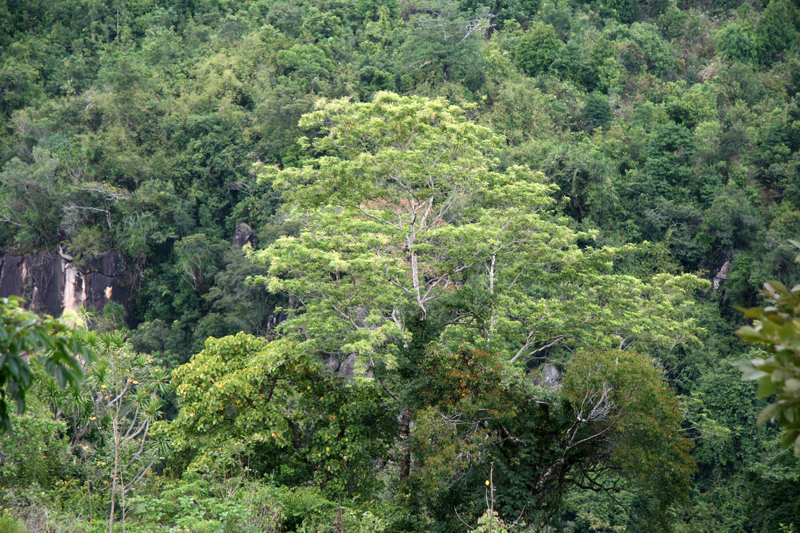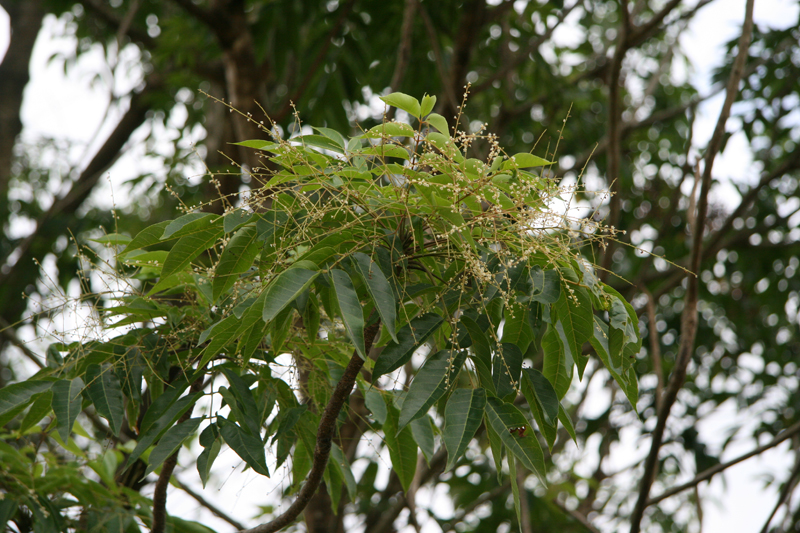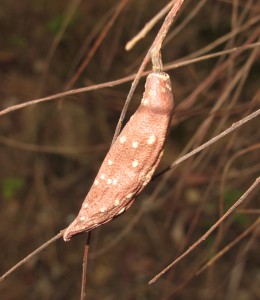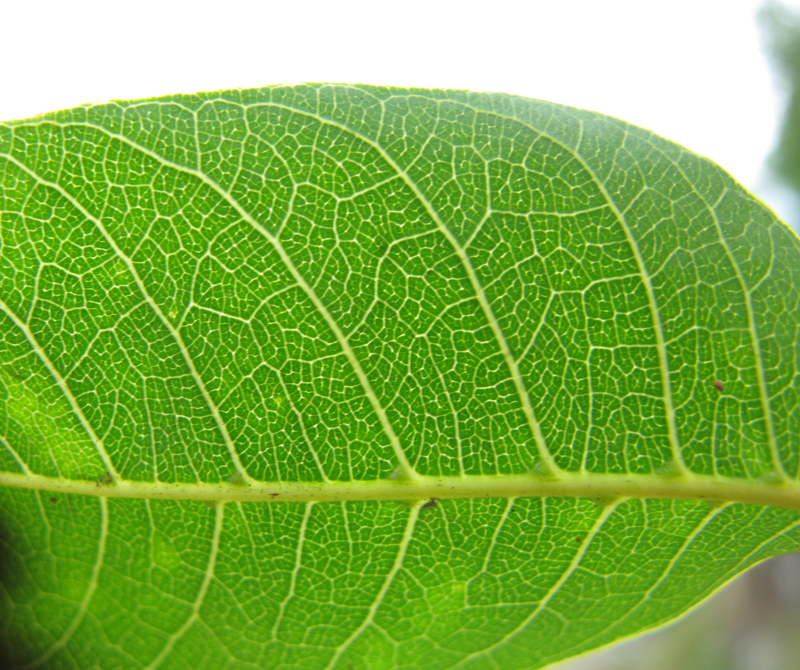Sorting Out the Family Trees of Some Vietnamese Trees—Part One
Posted in Interesting Plant Stories on February 27, 2015 by Douglas Daly
Douglas C. Daly, Ph.D., is the Director of the Institute of Systematic Botany and the B. A. Krukoff Curator of Amazonian Botany at The New York Botanical Garden. Among his research activities, he is a specialist in the Burseraceae (frankincense and myrrh) family of plants.

Vietnam is home to a number of species of trees in two closely related plant families, the sumac or cashew family (Anacardiaceae) and the frankincense and myrrh family (Burseraceae), but for decades, many of these species were poorly known and had never been sampled for leaf material for obtaining DNA sequences that would help resolve their evolutionary relationships and contribute to informed decisions aimed at conserving them in the wild.
I was part of a team of five botanists—two from Vietnam and three from The New York Botanical Garden—who conducted a joint expedition in April and May of 2010 in search of trees belonging to these two important plant families. Drs. Le Dong Tan and Nguyen The Cuong represented the Vietnam Academy of Science and Technology/Institute of Ecology and Biological Resources, and the Botanical Garden was represented by Dr. Susan Pell, John Mitchell, and me.

We traveled more than 3,700 miles through nine provinces. The plan for the field work focused primarily on finding several genera from both families that had never been sampled for research projects that would reveal their evolutionary relationships. Many of the genera are poorly known and in urgent need of taxonomic revision. During the expedition, we photographed all parts of each tree and collected herbarium samples; liquid-preserved flowers, fruits, and leaflets for developmental and anatomical studies; and silica-dried leaf samples for DNA analysis.

For the Anacardiaceae—which includes quite a number of important economic species such as mango, cashew, and pistachio—we found and collected some 25 species in 15 genera, including five genera whose DNA had never been sampled for the family phylogeny.
Among the interesting trees we collected in the Anacardiaceae were two species of Pentaspadon. This tropical Asian genus is distributed from Thailand south to the Solomon Islands, but only five species are known, and two of them, P. annamense and P. poilanei, are known only from Vietnam. The genus is interesting because on the underside of the leaflets in most of the species, at the points where the secondary veins branch from the primary vein, there are tiny cavities surrounded by tufts of hairs and inhabited by mites (Acari). The fruits are also unusual in that they are relatively small (only a little over one inch long in the Vietnamese species), fusiform (spindle-shaped) to narrowly ovoid (egg-shaped), and sparsely dotted with large raised spots called lenticels; the pulp around the stone is very resinous, and the seed within the stone is rich in oil. The fruits of some species are considered to be edible after boiling.
Traditionally, Pentaspadon was considered to be related to the cashew (Anacardium) and the lacquer-tree genus Toxicodendron in the subfamily Anacardioideae, but analysis of the DNA material collected on our joint expedition showed that in fact Pentaspadon is more closely related to the fruit tree Spondias pinnata in the subfamily Spondioideae. Interestingly, two previous researchers, Wannan and Quinn, had reached the same conclusion in 1990 based on similarities in the anatomy of the fruit.

In my next post, I’ll explain what we learned from some of the Burseraceae species that we collected and explain why expeditions such as ours are an important part of the effort to preserve the vast diversity of plant species around the world.

